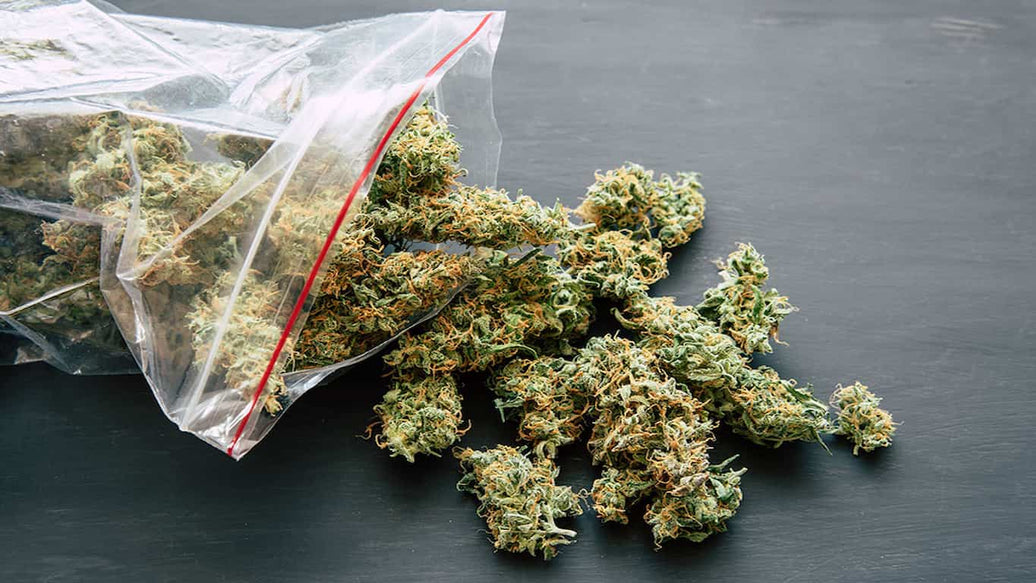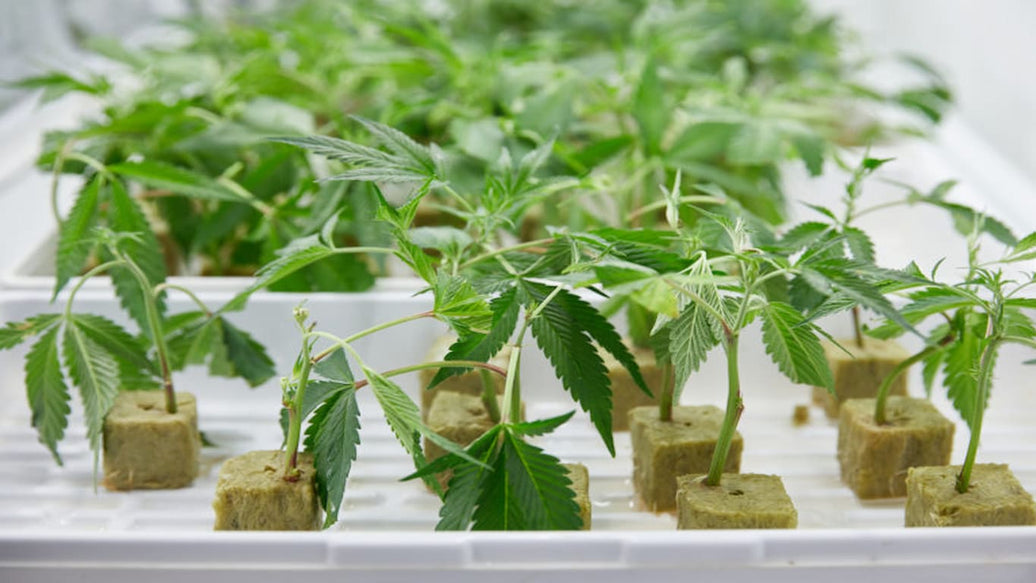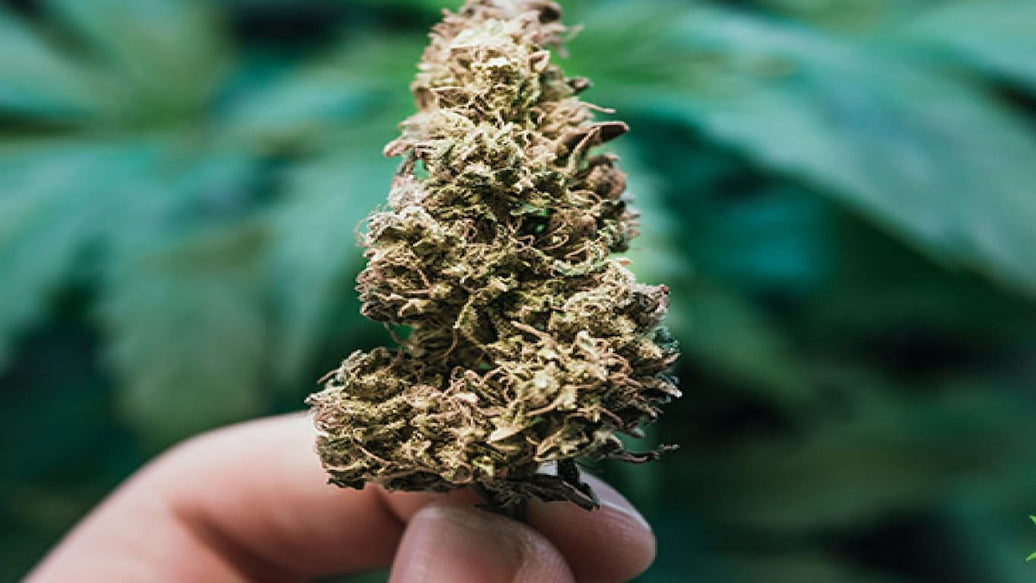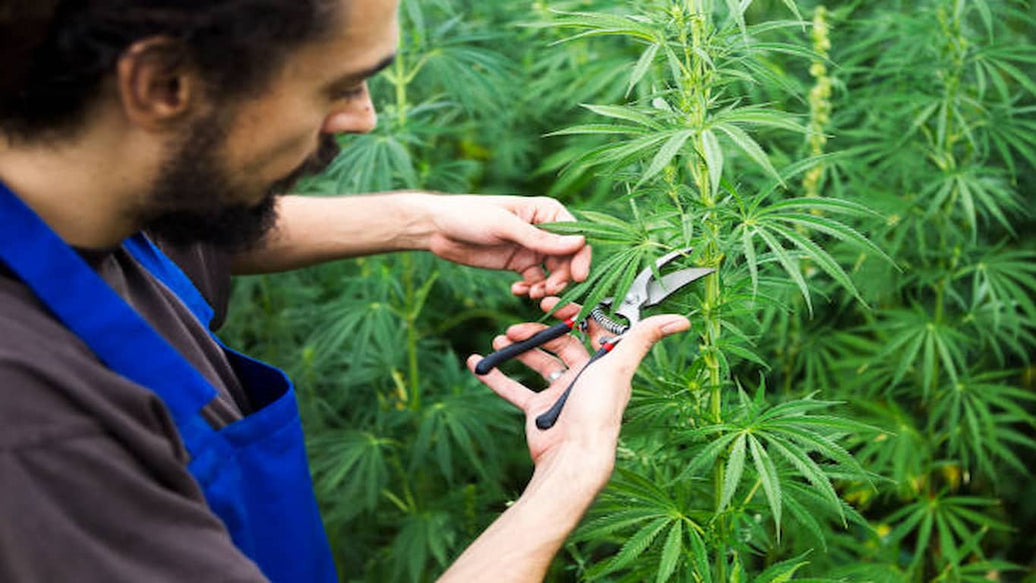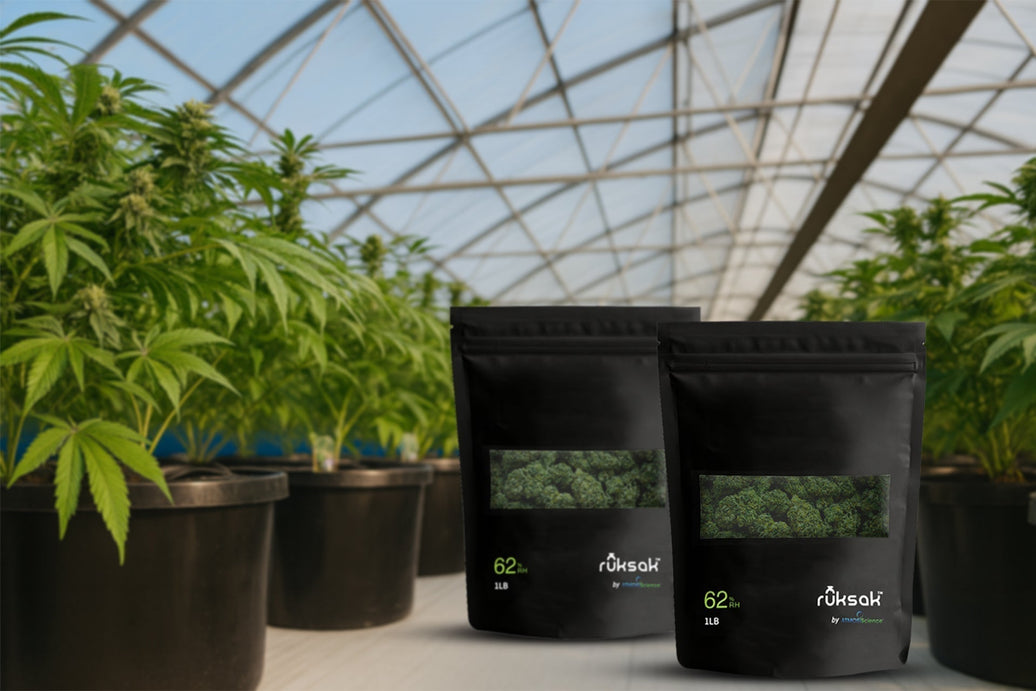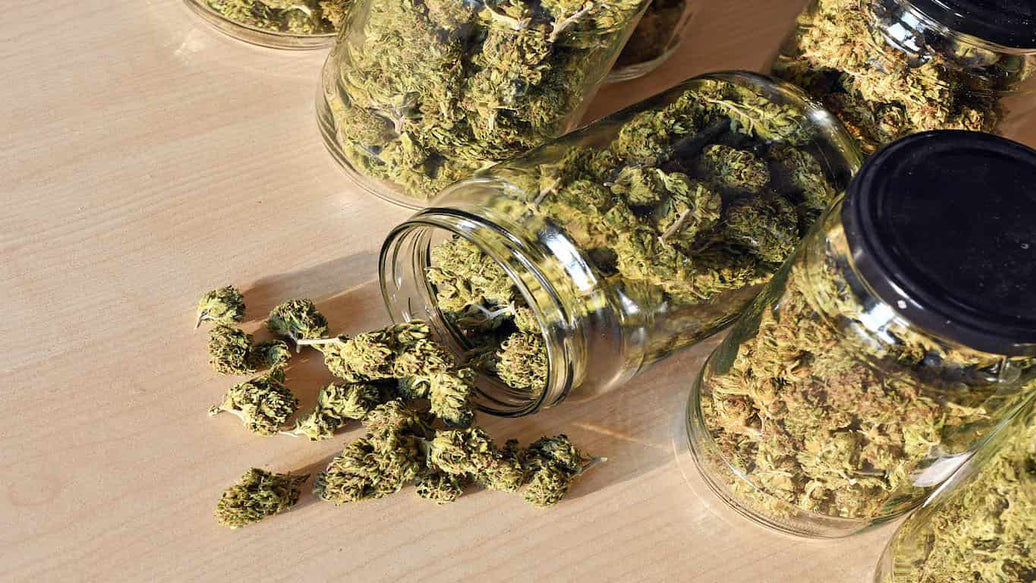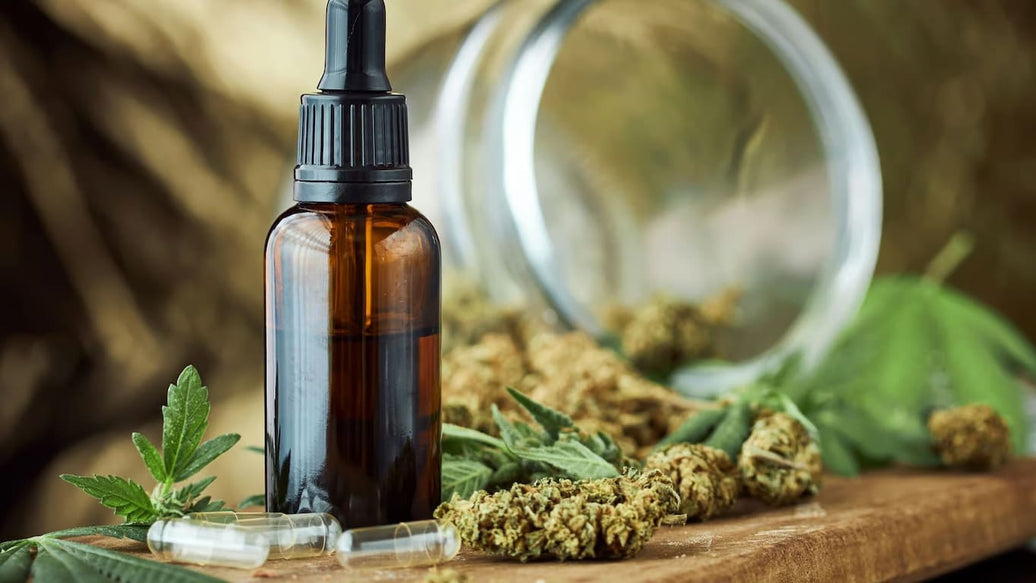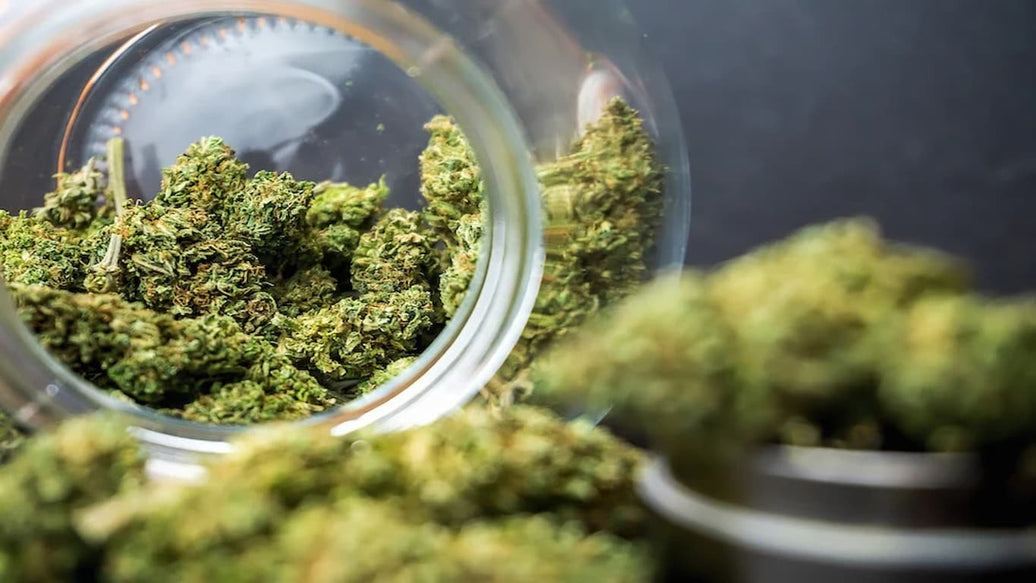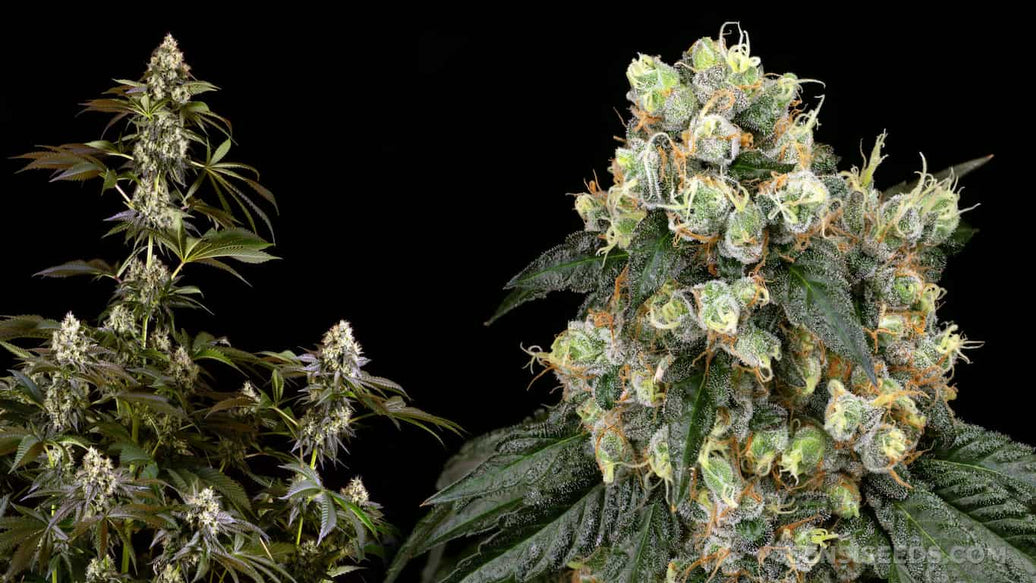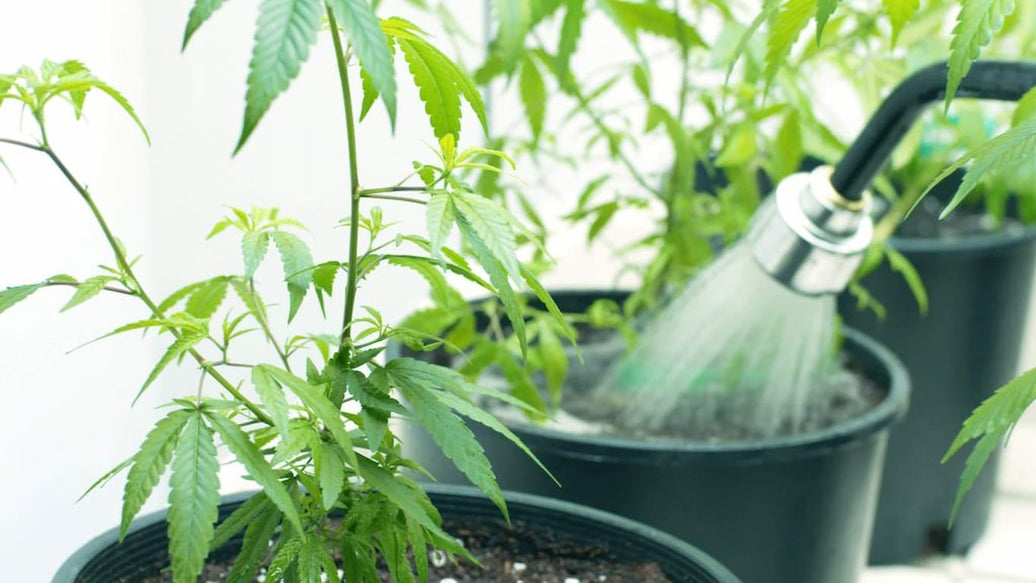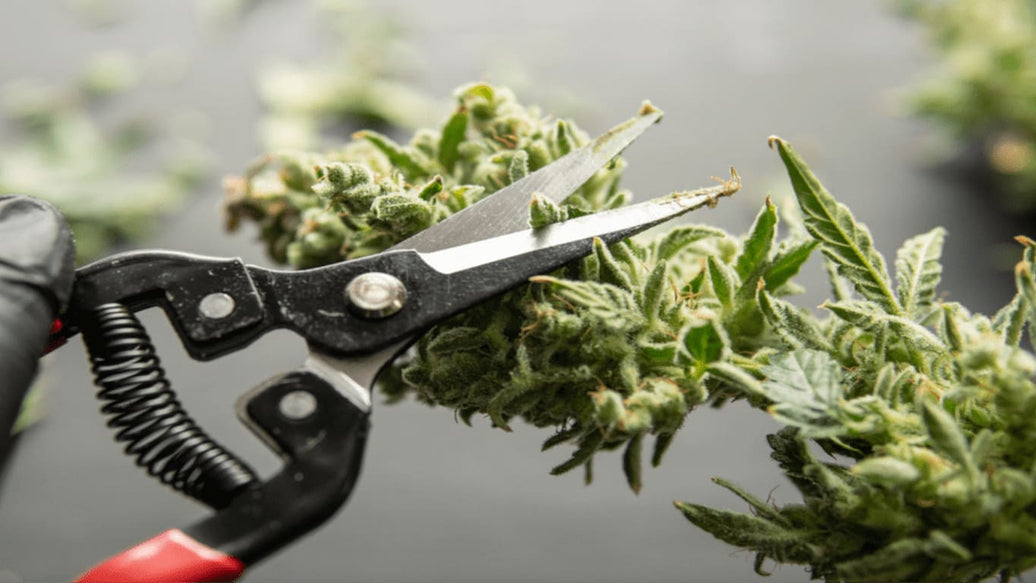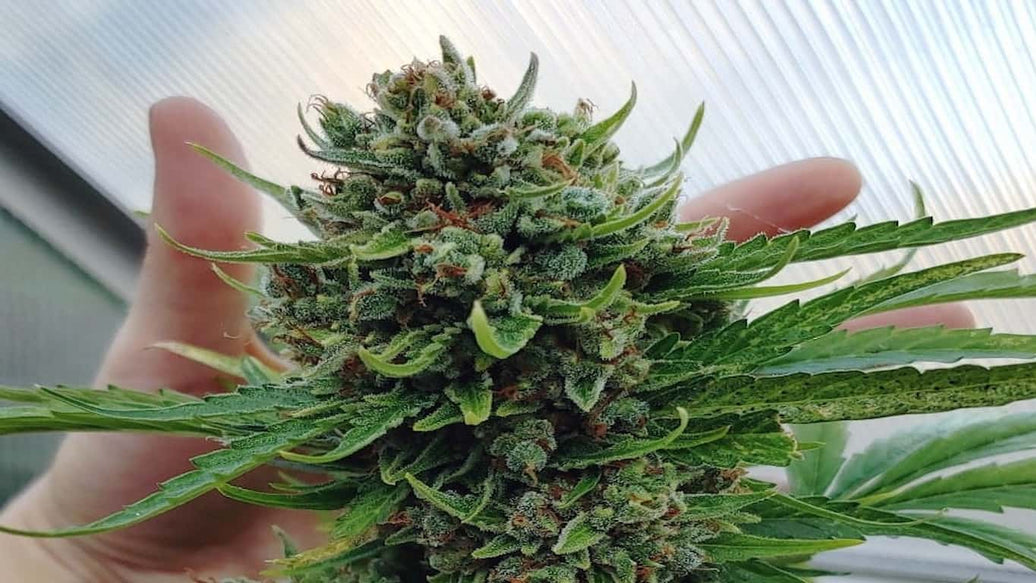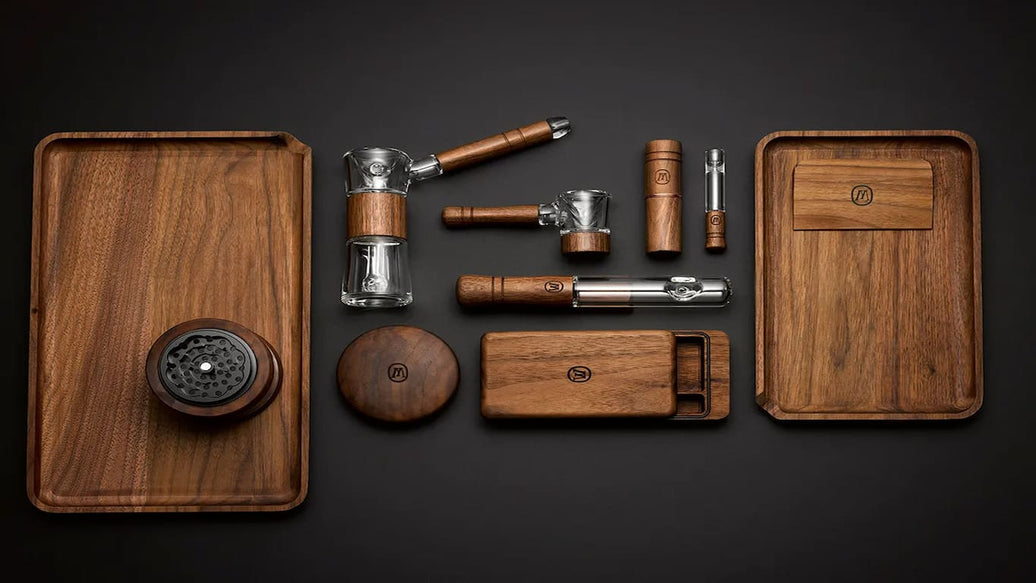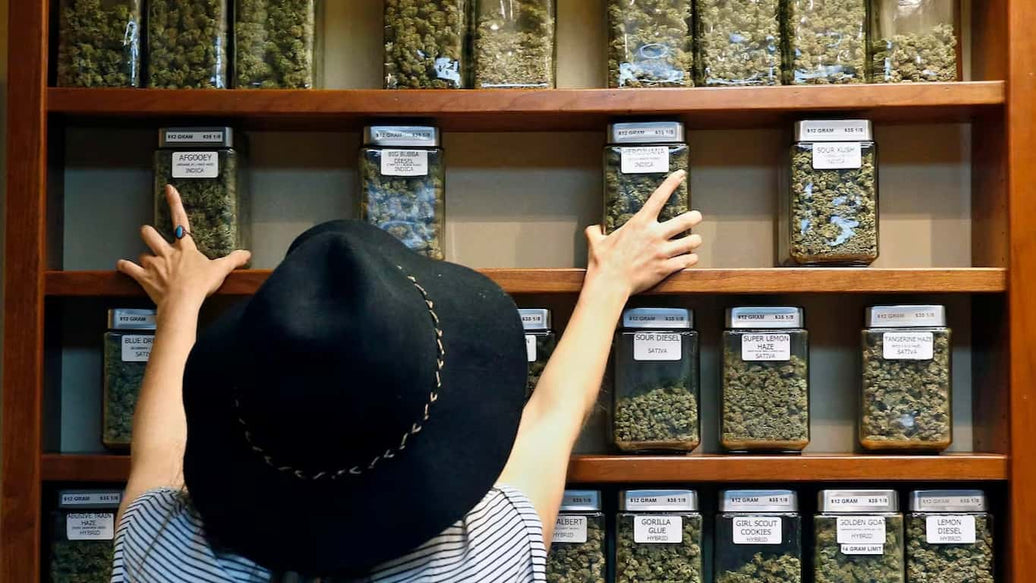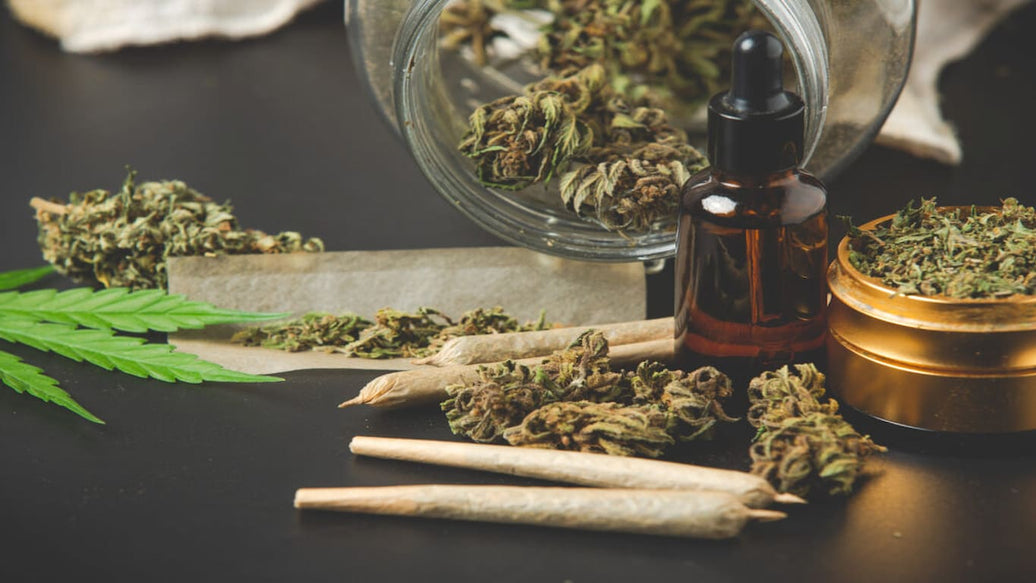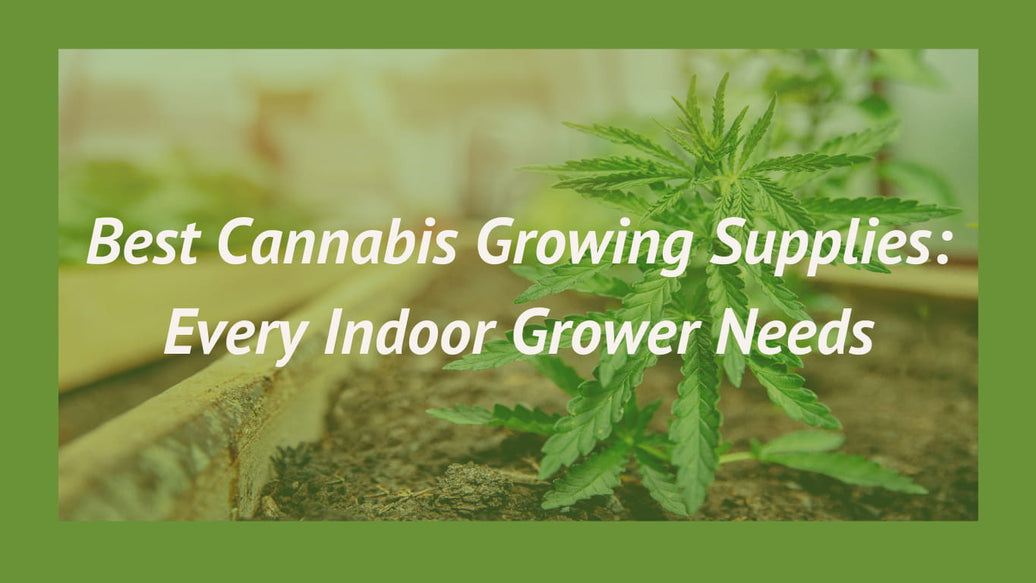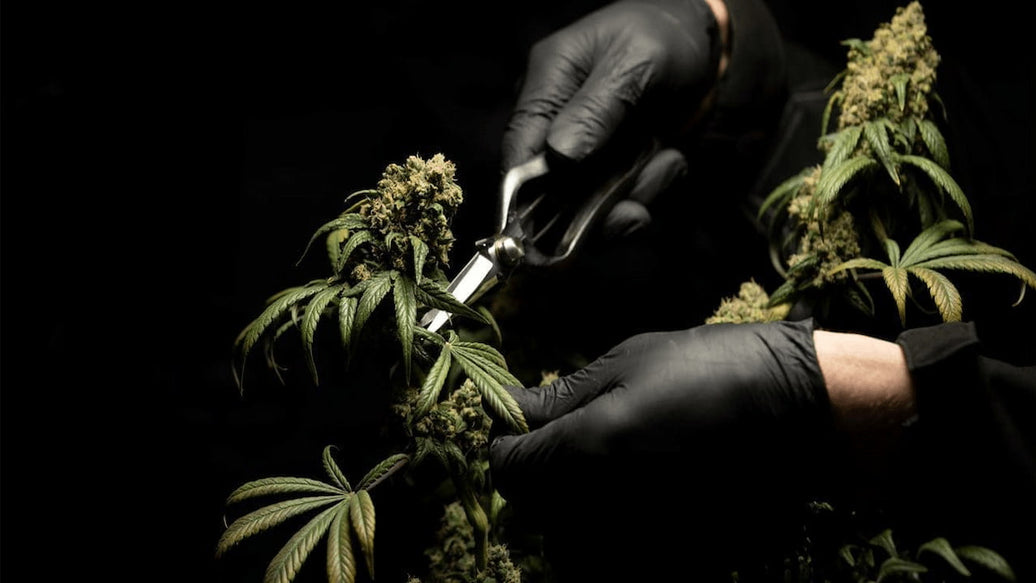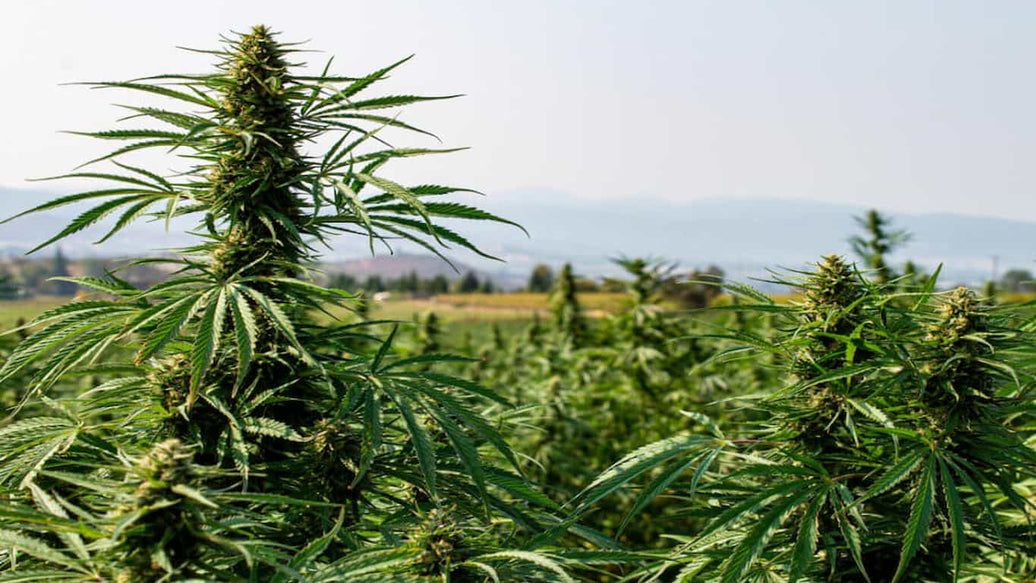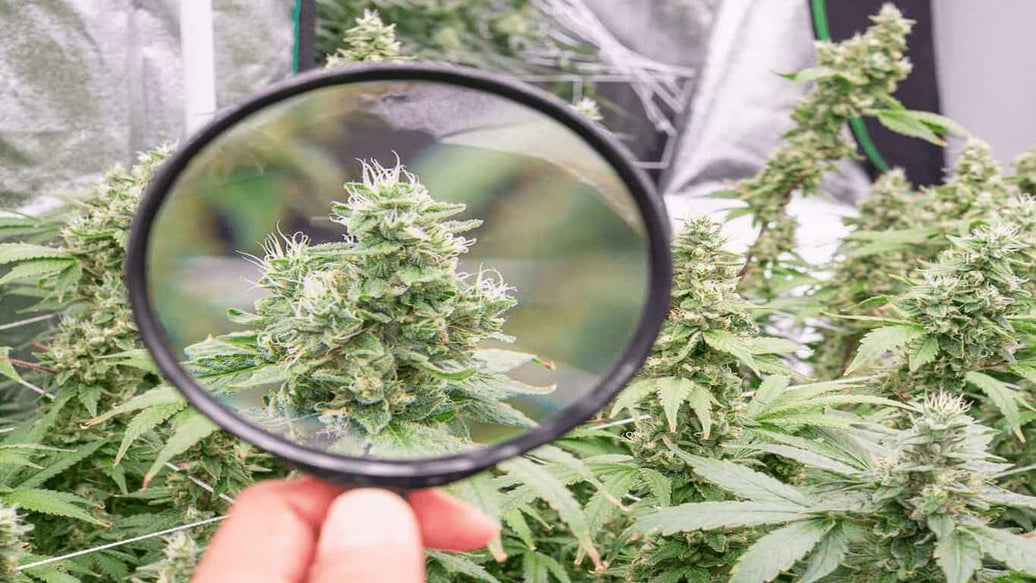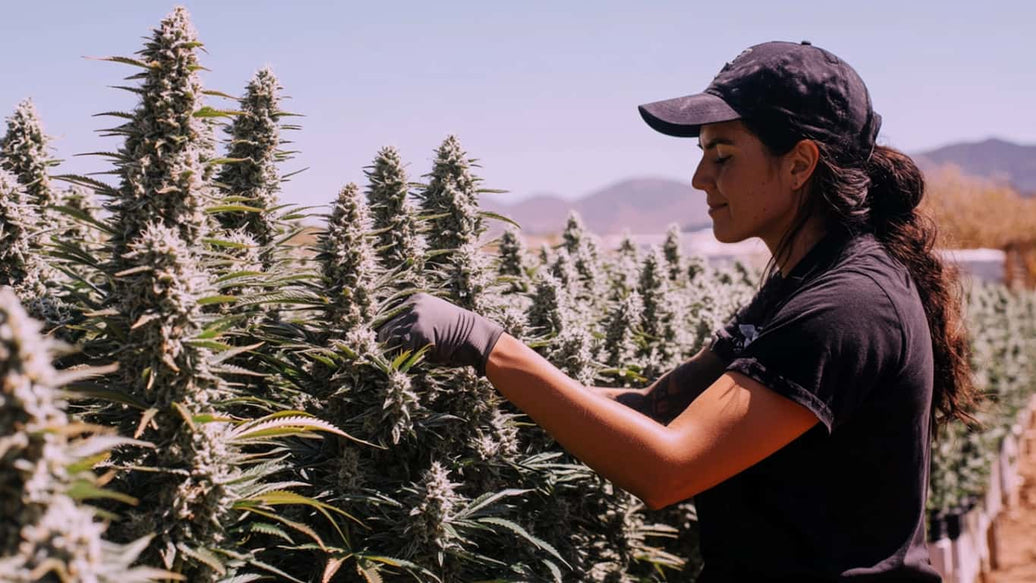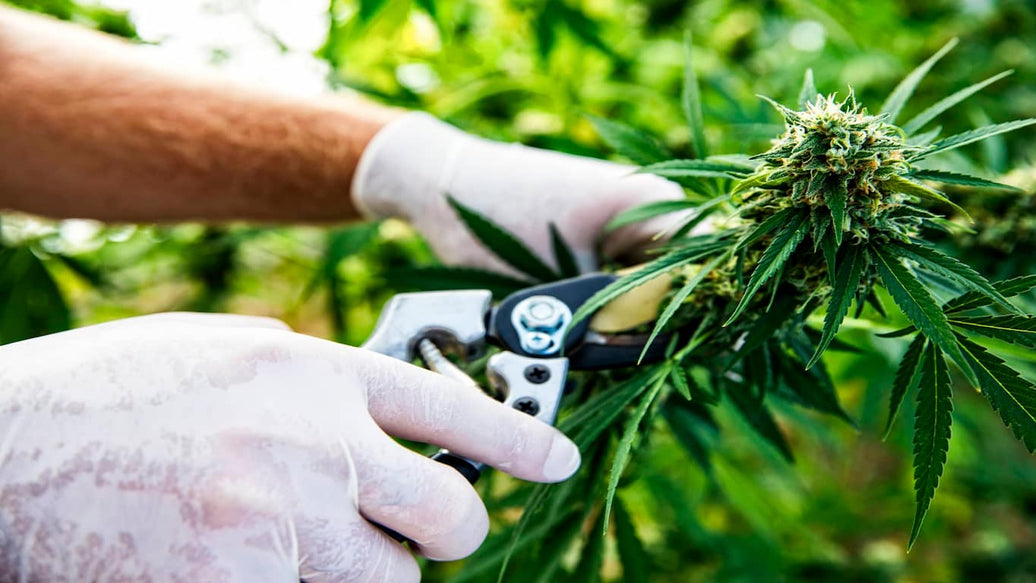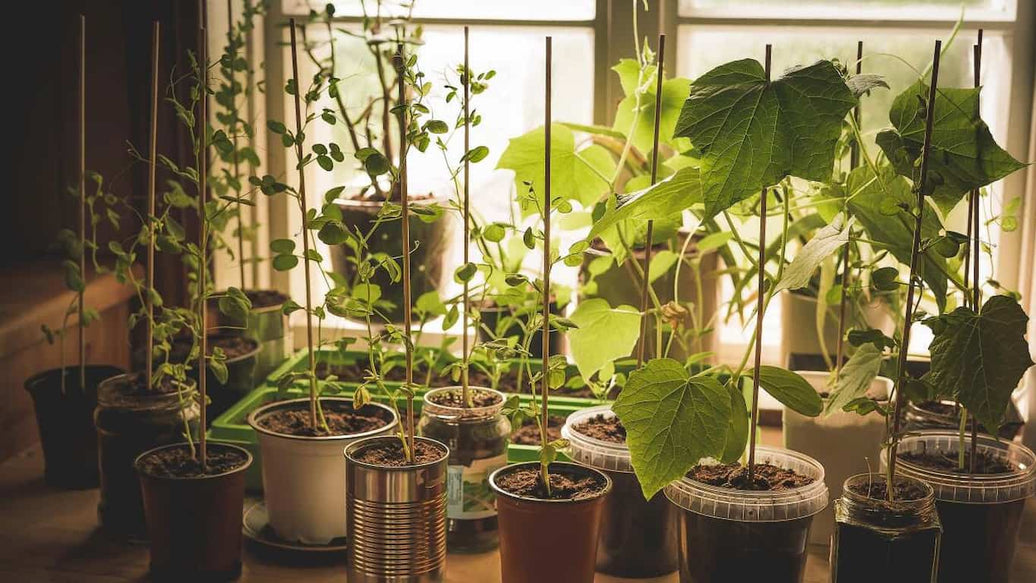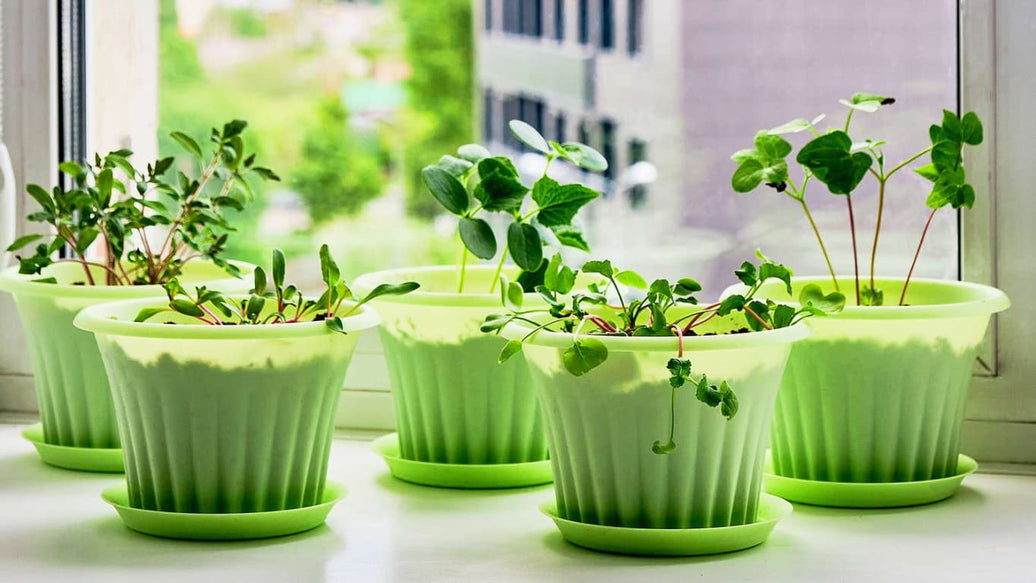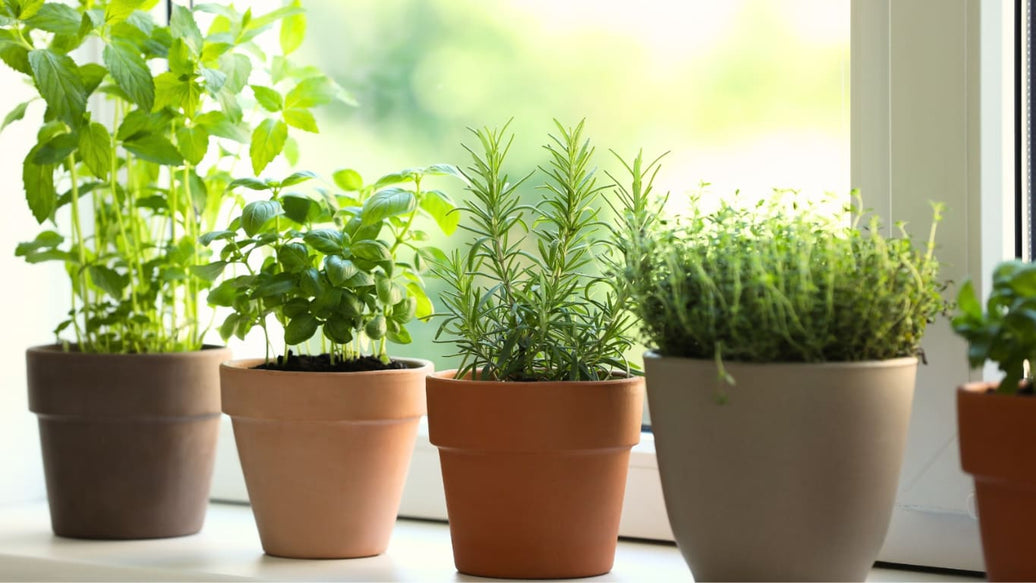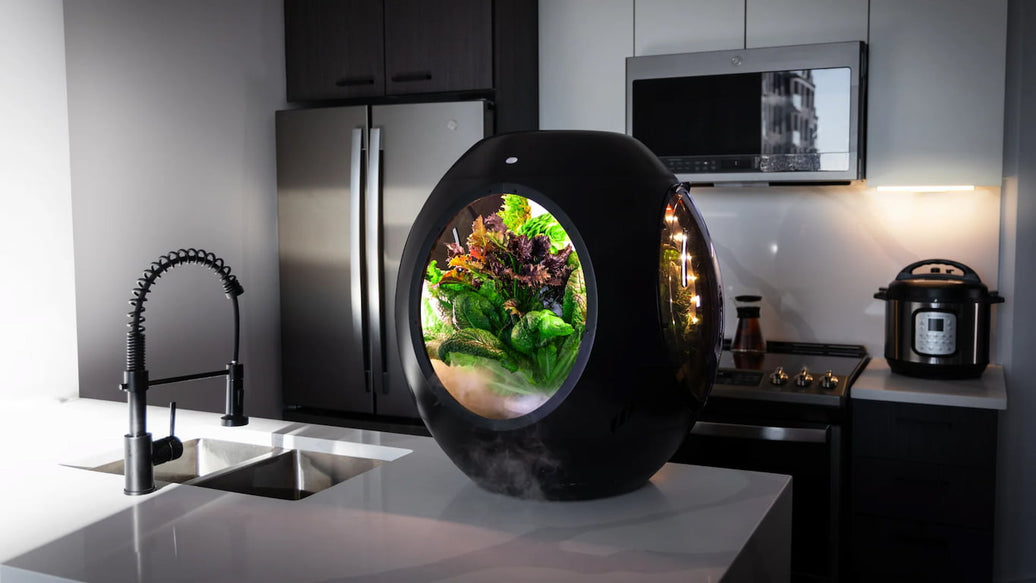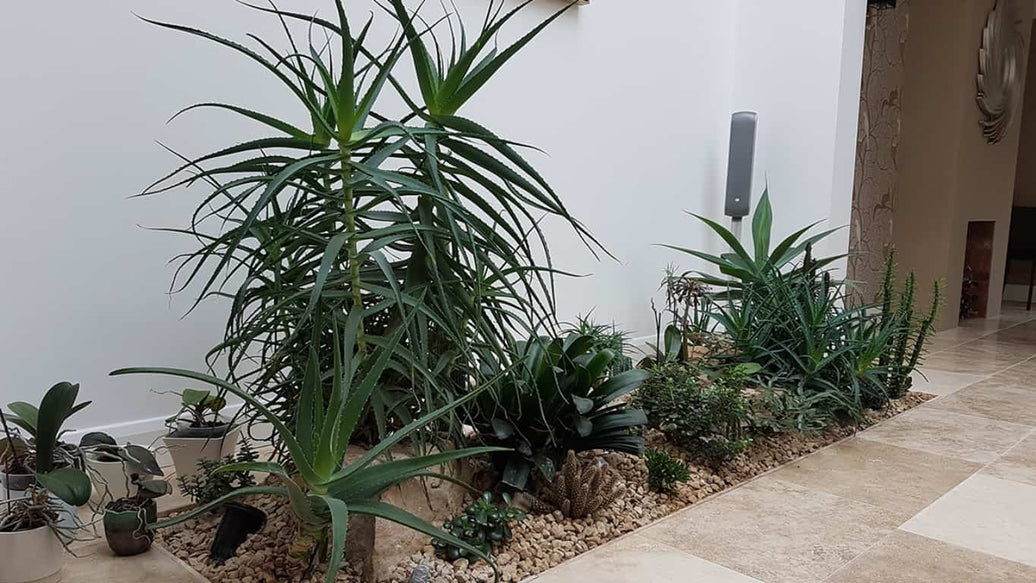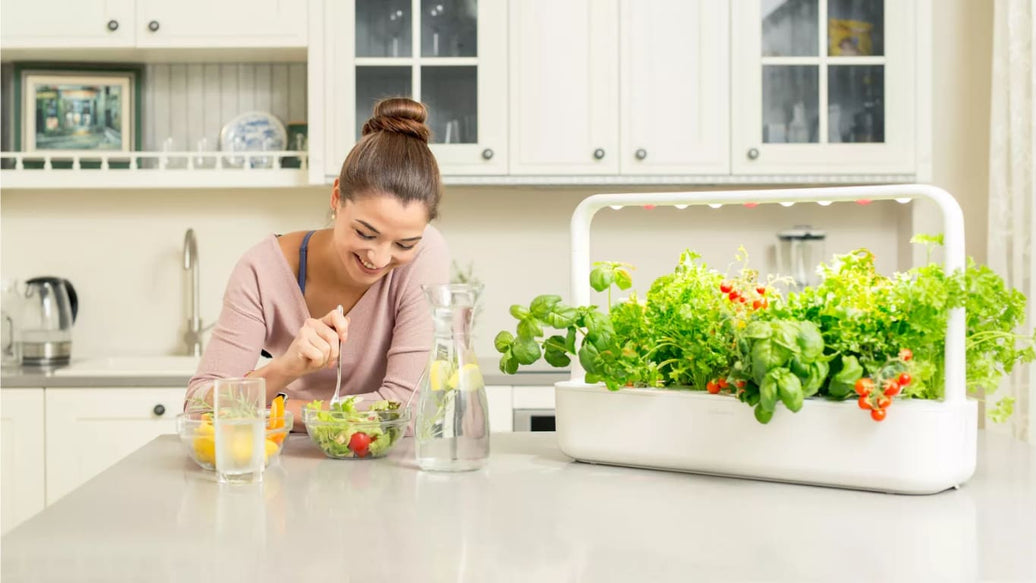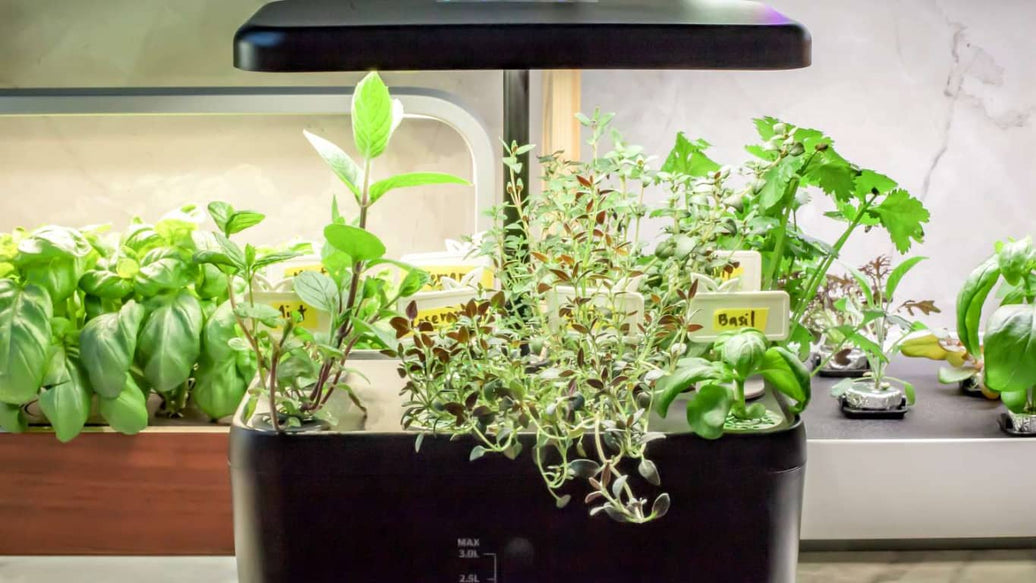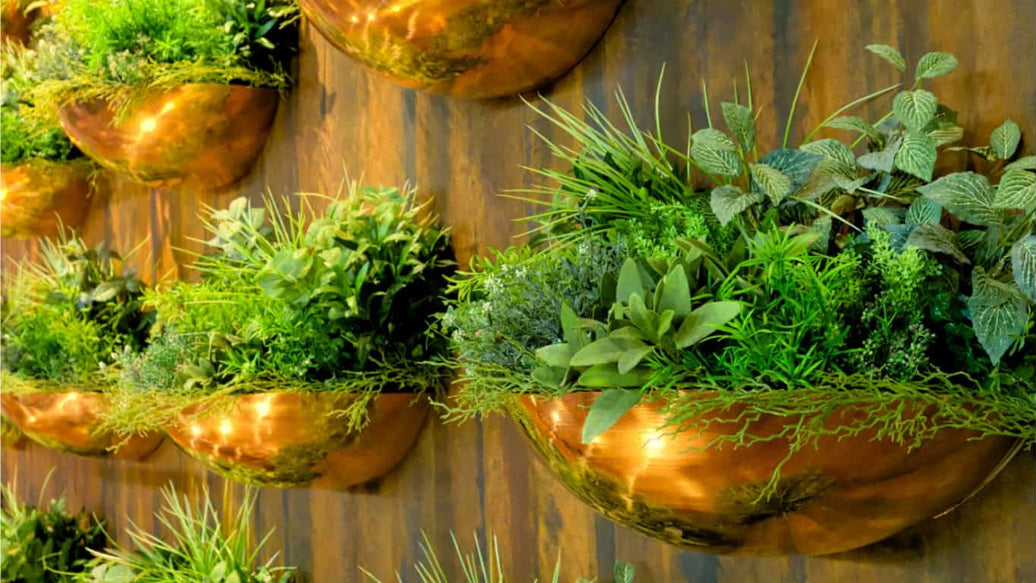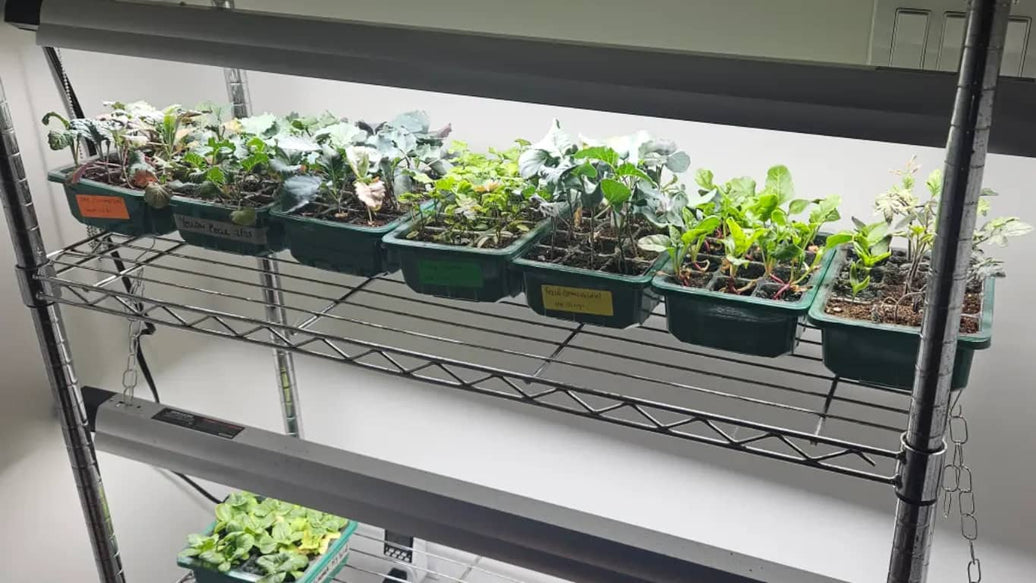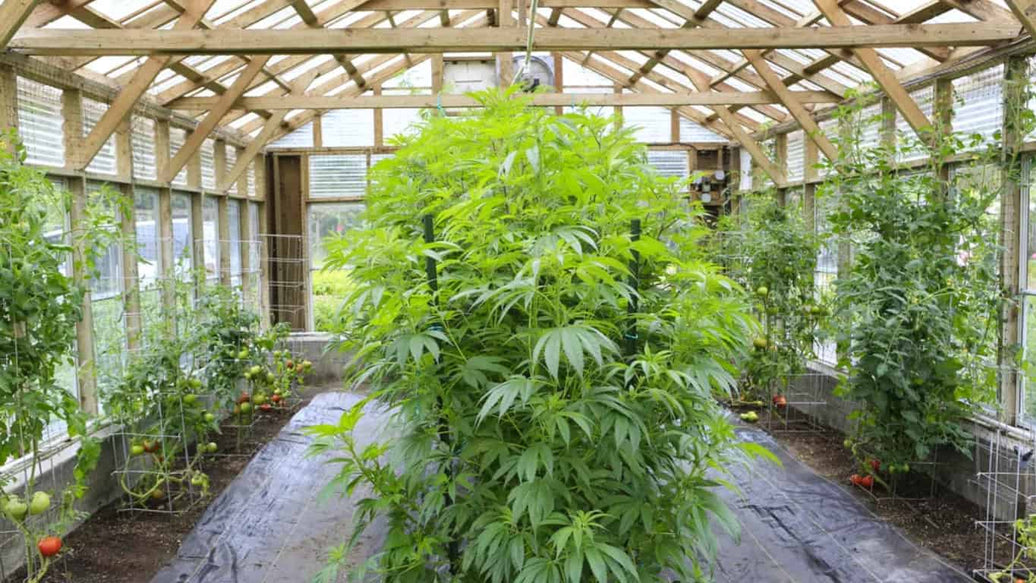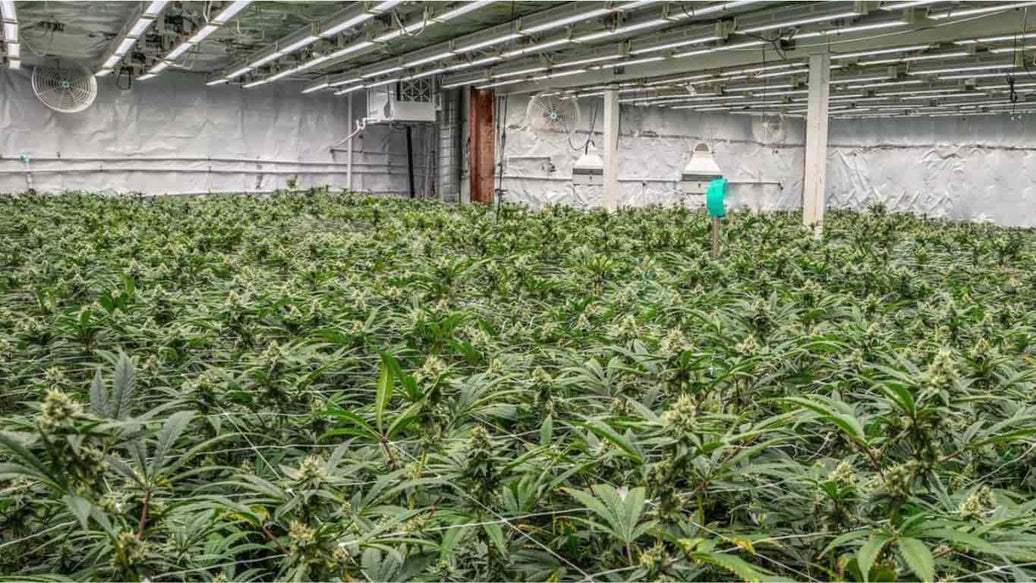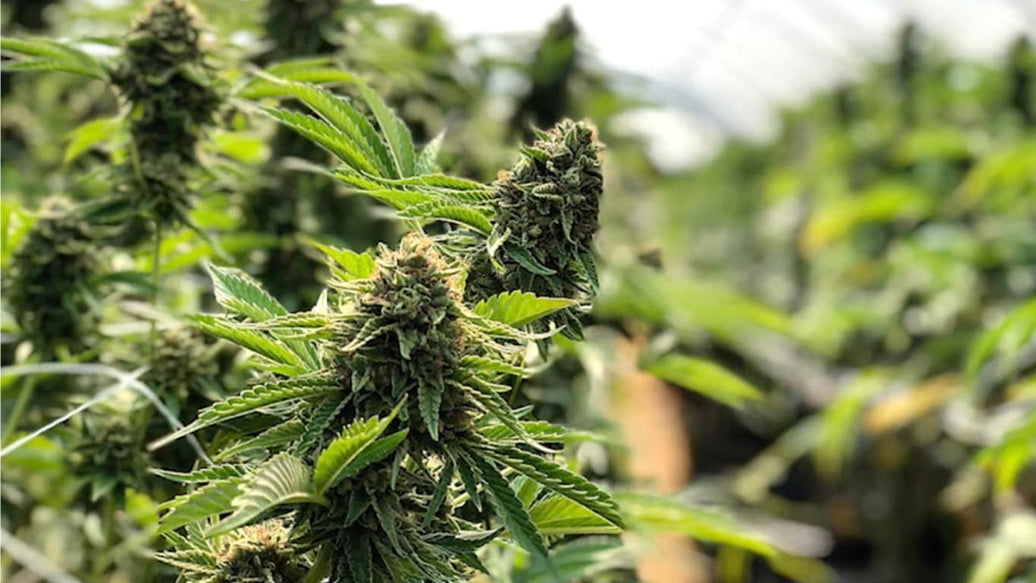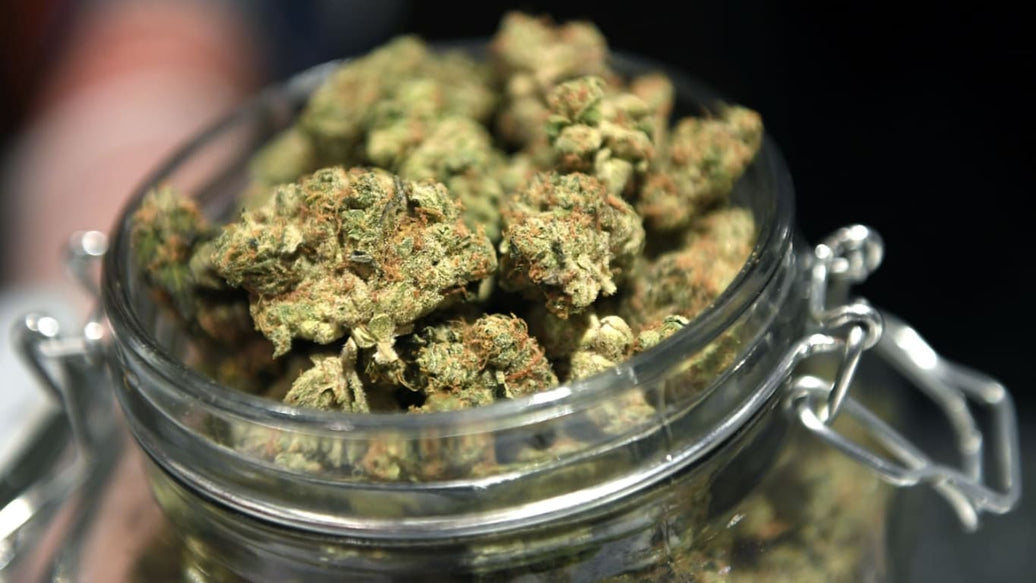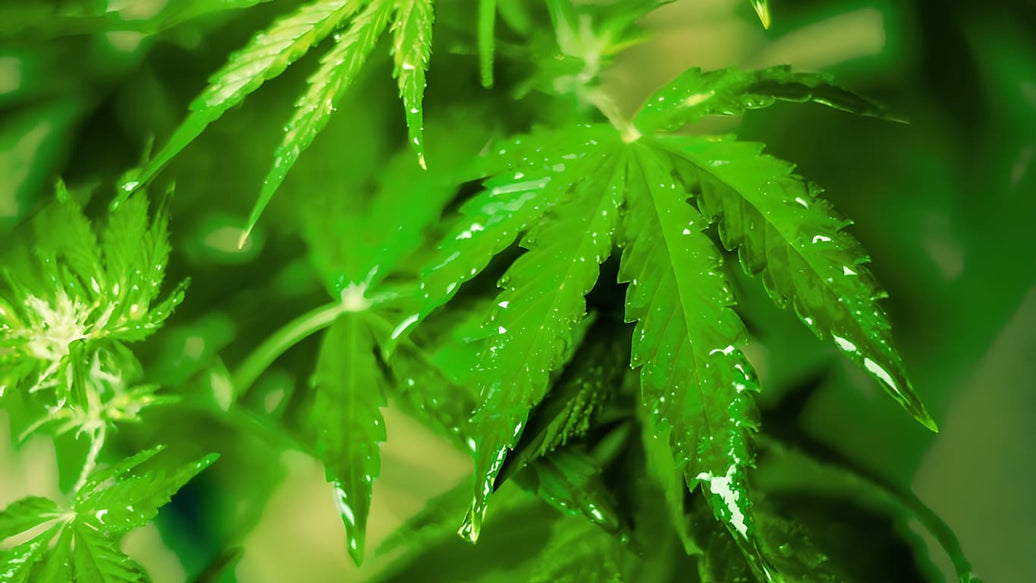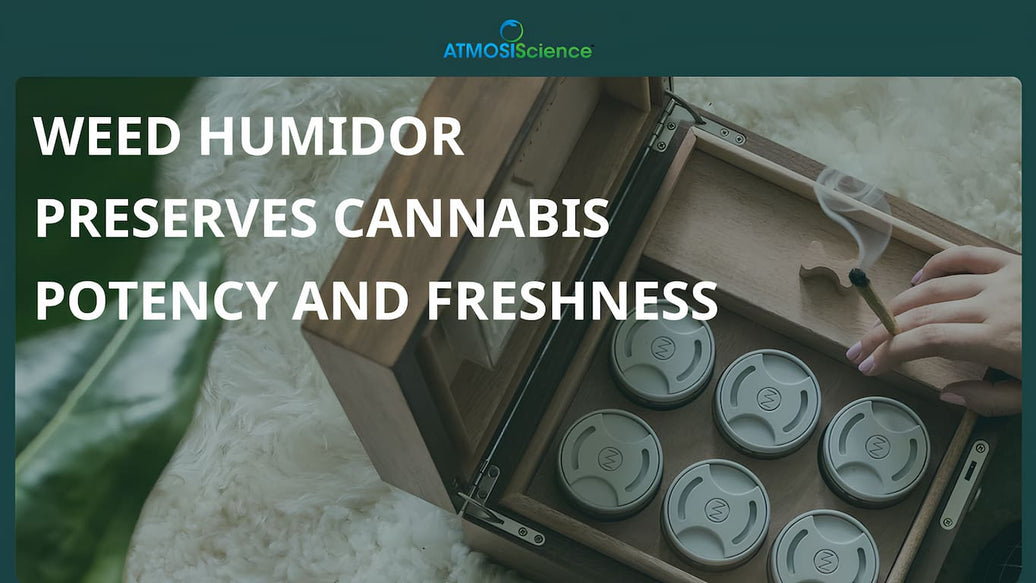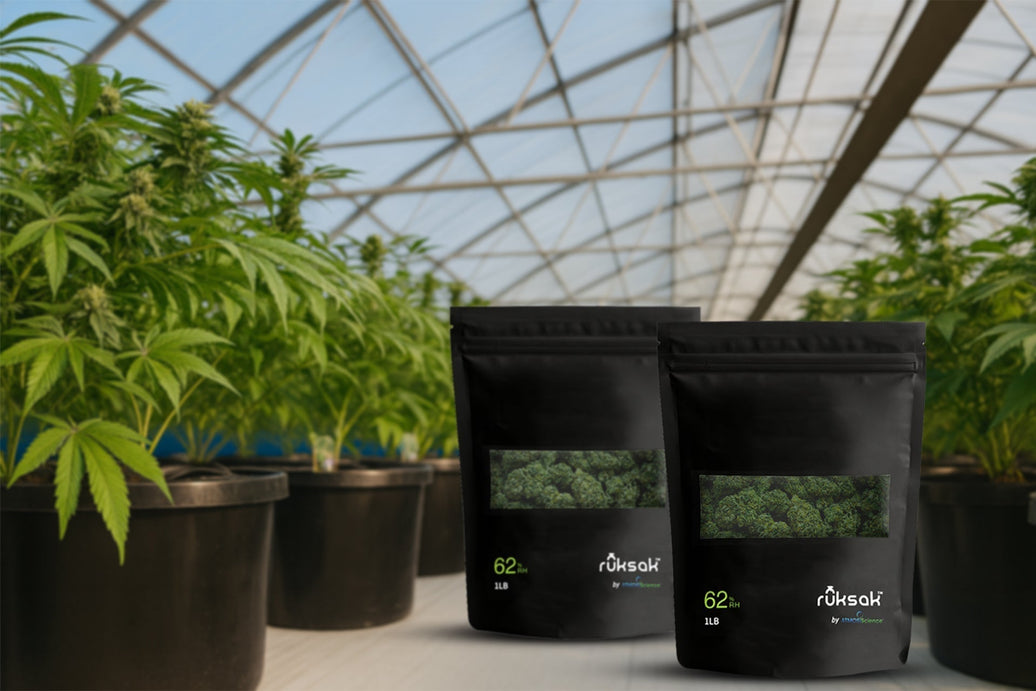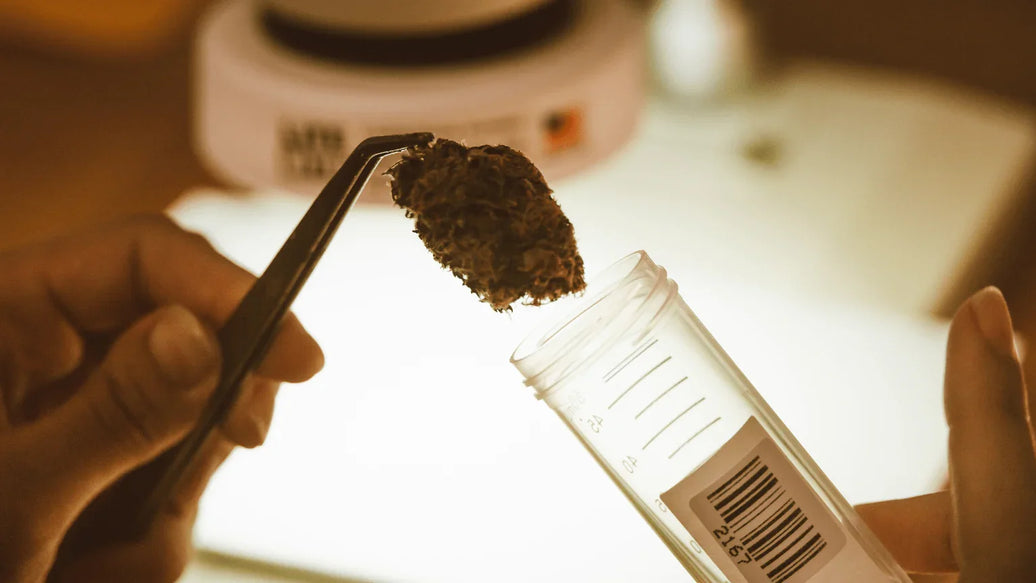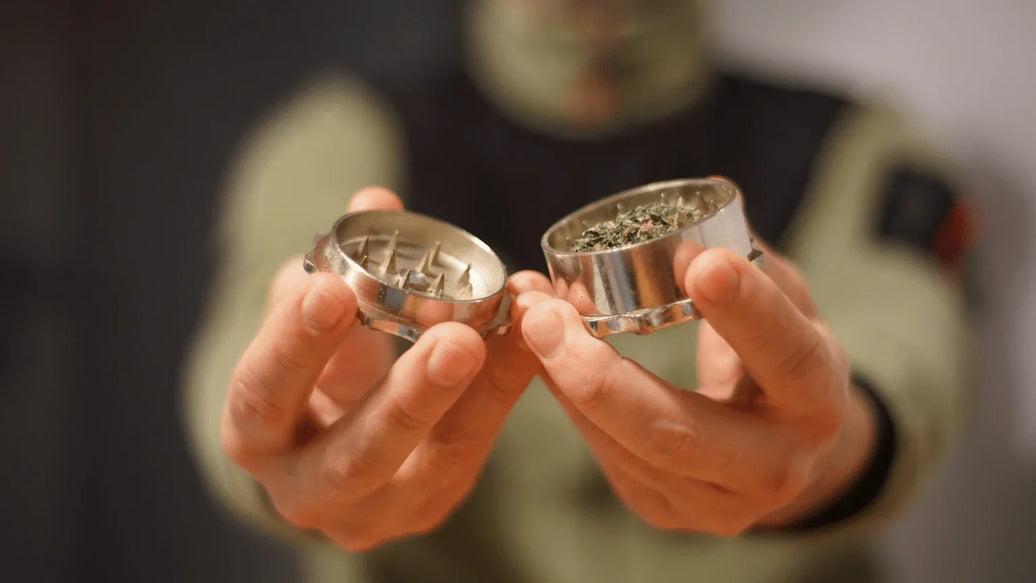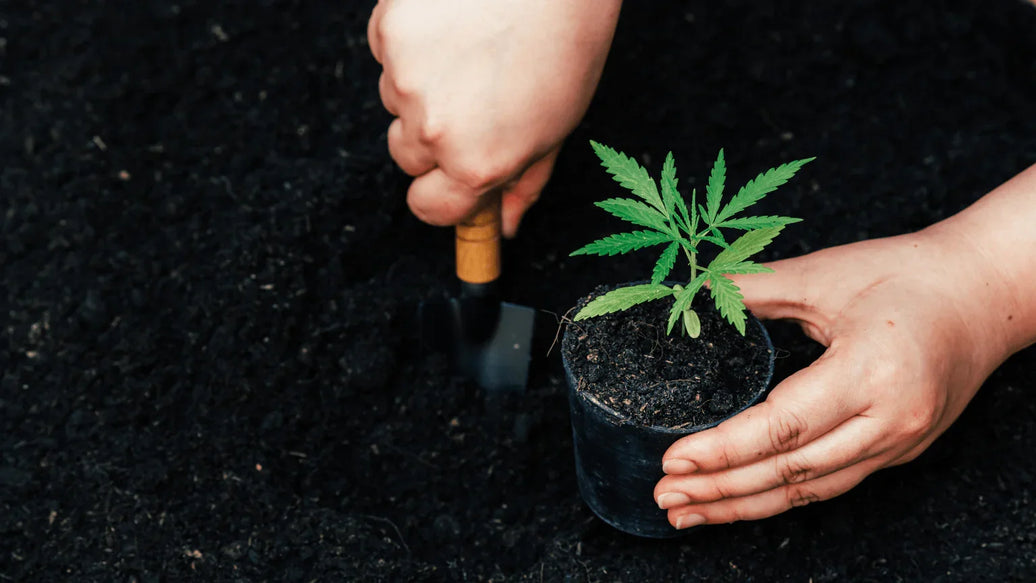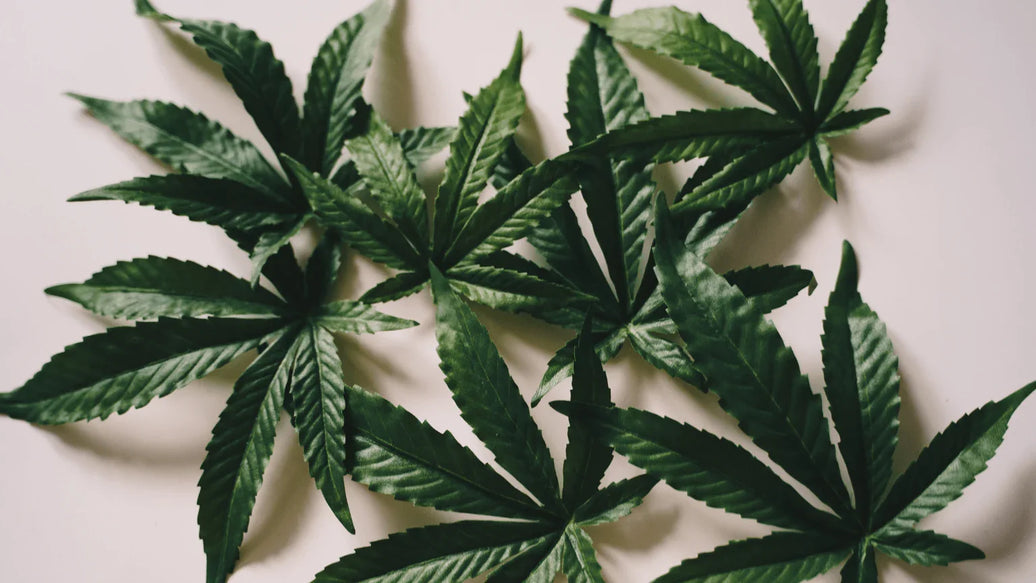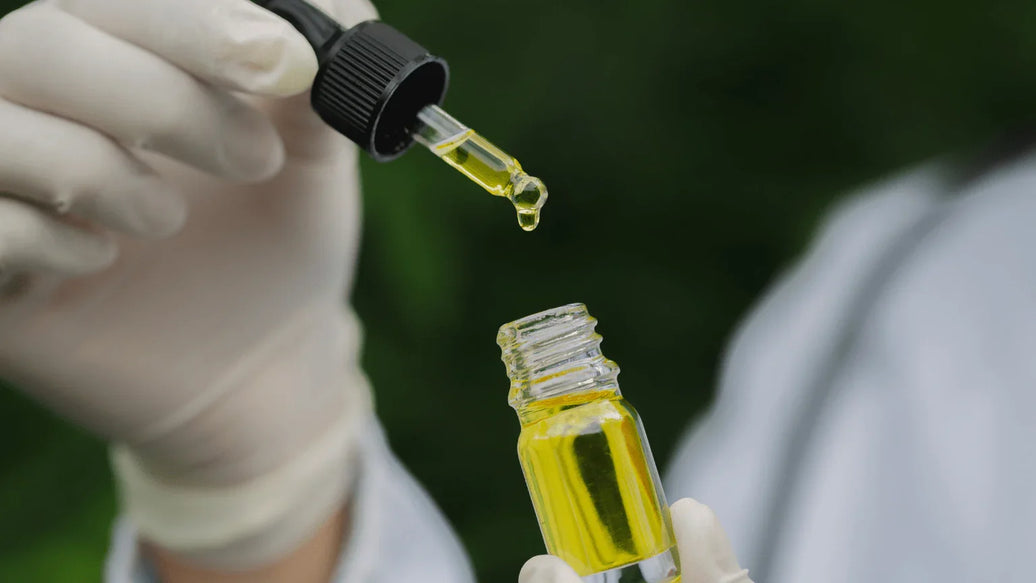More people are turning to indoor countertop herb gardens to keep fresh, pesticide-free herbs close by. These compact systems create ideal growing conditions by controlling light, water, nutrients, and climate within a small device that fits on your kitchen counter. This allows you to grow basil, mint, parsley, and other favorites year-round without worrying about changing seasons or outdoor space limits. This post explains the science behind these gardens, covering essential components, what herbs work best, how to monitor growth, and tips for optimizing yields and flavor.

Why an indoor countertop herb garden makes sense
Garden freshness all year long
A major benefit of using an indoor countertop herb garden is bypassing seasonal weather limitations. Utilizing full-spectrum LED grow lights that emit blue (~450 nm) and red (~660 nm) light at an intensity of 200–300 µmol·m⁻²·s⁻¹ for 14 to 16 hours a day helps herbs maintain active photosynthesis and rapid growth no matter the season.
Saving water and being eco-friendly
Many countertop systems rely on hydroponics or aeroponics, which can cut water use by up to 90% compared to growing in soil. Closed-loop reservoirs recycle nutrients and water efficiently. Their compact design suits urban homes perfectly. By reducing or eliminating pesticides and using clean substrates like rock wool, these setups provide fresh herbs with a lighter environmental footprint.
Better flavor, nutrition, and cleanliness
Tailoring nutrient solutions to specific herbs boosts their production of valuable essential oils and antioxidants. Research indicates herbs grown hydroponically sometimes contain 30% more flavor compounds, such as linalool and eugenol, compared to soil-grown counterparts. Using sterile, inert growing media minimizes pathogen and pesticide contamination, delivering safer, cleaner herbs straight from countertop to kitchen.

Scientific components behind an indoor countertop herb garden
The role of LED lighting
LED lights form the backbone of these gardens. More energy-efficient than fluorescent bulbs, LEDs provide specific wavelengths needed for photosynthesis at around 20–25 watts per module. Studies advocate a 70:30 ratio of red to blue light to encourage healthy leaf growth and chlorophyll production. Advanced LED systems allow spectrum and brightness adjustments to prevent plant stress and improve energy use.
Growing soilless: Substrates and hydroponics
Generally, countertop herb gardens use:
- Soilless media: Peat and coconut coir blends that hold moisture and support roots but need fertilization by hand.
- Hydroponic systems: Techniques like Nutrient Film Technique (NFT) or Deep Water Culture (DWC) circulate nutrient-rich water around roots for efficient absorption and oxygen supply.
Research shows DWC delivers about 20% higher herb biomass than substrate methods, though NFT is often more water-efficient and suits smaller root systems.

Managing nutrients precisely
Maintaining pH in the range of 5.5–6.5 and electrical conductivity of 1.2–1.8 mS/cm ensures herbs absorb nutrients efficiently. Balanced macronutrients (nitrogen, phosphorus, potassium) plus trace minerals like iron and magnesium prevent deficiencies. Many systems incorporate sensors to monitor and automatically adjust nutrient concentrations.
Environmental controls: Temperature and humidity
Optimal growth happens between 20 and 24°C with humidity levels near 50–70%. Small fans promote air flow, reducing fungal risks. Some gardens feature humidity sensors that trigger misting; however, excess moisture can cause root oxygen deprivation.
Choose your herbs and propagate with confidence
Best herb varieties for countertop growth
Herbs that prefer moderate light, have compact foliage, and have shallow root systems grow best in these gardens. Try:
- Basil: Fast-growing and responsive to red-blue lighting.
- Parsley: Can handle longer light periods and is nutrient-dense.
- Chives: Narrow leaves efficiently absorb light.
- Mint: Grows vigorously but needs pruning to keep in check.

Seeds or cuttings? Propagation tips
Seeds provide genetic variation but take 1–2 weeks to germinate. Sterilizing seeds with diluted bleach helps avoid fungi. Start seedlings under lower light until true leaves form, then transplant. Cuttings root quicker (around a week) in humid, shaded conditions using water or rock wool before moving to permanent media.
Basil as a model: Impact of light quality
One study found:
- Red-heavy light increased leaf area by 15% but reduced aromatic compounds.
- Balanced red and blue light increased both leaf mass and essential oils.
- Blue-heavy light resulted in tougher leaves with more eugenol but slower growth.
This shows how your indoor countertop herb garden can be customized to meet yield or flavor preferences through light control.
Monitoring your garden and solving problems
Using sensors and logging data
Built-in sensors track pH, EC, temperature, and light, sending data to apps for easy monitoring. Detecting deviations early - like a 0.2 change in pH - allows quick corrections, avoiding yield penalties. Automated dosing systems further simplify management, keeping conditions stable.
Smart features and automation
Several models offer IoT connectivity and machine learning to optimize light cycles, watering, and nutrient delivery based on past performance. Though these features can be pricey, many growers use DIY microcontrollers and open-source code to automate smart gardens.
Common issues and fixes
- Yellow leaves: Often due to nitrogen or iron shortage; amend nutrient mix gently.
- Root asphyxiation: Plants wilt despite moist roots; enhance oxygenation or switch to the hydroponic method.
- Algae in water: Keep reservoirs dark and sanitize regularly with mild peroxide solutions.

Environmental and health aspects
Improved nutrition
Hydroponically grown herbs tend to have 15–25% higher antioxidant and phenolic content than traditionally grown plants. This enhances flavor and nutritional value.
Sustainability gains
Life cycle assessments show indoor countertop herb gardens save roughly 30% on carbon emissions compared to greenhouse or imported herbs by cutting transportation emissions. While LEDs consume electricity, growing on-site reduces overall environmental impact.
Cleaner and safer herbs
Sterile media reduce pesticide residues and microbial contamination. Regular cleaning ensures safe produce ideal for raw consumption.
Conclusion: Science meets convenience in your kitchen
By combining controlled environment techniques with easy-to-use appliances, an indoor countertop herb garden lets you grow flavorful herbs year-round. With adjustable light spectra, precise nutrition, and environmental monitoring, you can enjoy bountiful harvests without leaving home. Whether buying a turnkey system or building your own, this science-based approach will help you grow fresh, sustainable herbs at your fingertips. Start your herb garden journey today and savor the difference fresh, home-grown makes every meal!

